- 2025-06-24
Two-way communications established with the satellites maintain NanoAvionics‘ 100% first-contact success rate across more than 50 consecutive satellite missions since 2017.
Satellites will support advancements in maritime security, thermal imaging, air traffic control, quantum communications, technology demonstration, and academic research.
Vilnius, Lithuania, June 24, 2025 – Kongsberg NanoAvionics (“NanoAvionics”), a leading smallsat bus manufacturer and mission integrator, has announced the successful launch of six satellites built for international customers aboard the SpaceX Transporter-14 rideshare mission on June 23, 2025.

With this launch, NanoAvionics surpassed 50 customer satellites delivered to orbit since 2017, maintaining a 100% first-contact success rate. Beyond these missions, the company has assembled, tested, and delivered more than 20 additional satellites for upcoming customer-led launch campaigns and currently has over 300 satellites in its growing backlog. This track record signifies NanoAvionics’ ability to deliver high-reliability missions at scale.
The satellites, built on NanoAvionics’ 3U CubeSat and ESPA-class MP42 and MP42H microsatellite buses, reflect the company’s broad mission experience and versatile platforms. This launch supports next-generation efforts across persistent maritime domain awareness, high-resolution thermal imaging, space-based air traffic management, quantum-secure communication, technology demonstration, and academic research.
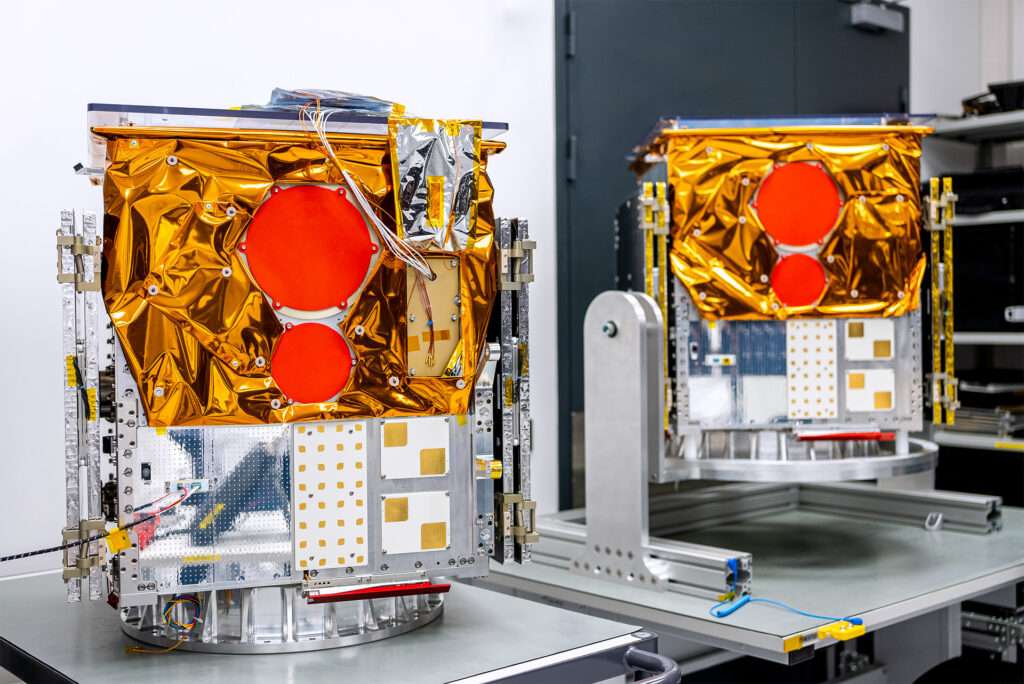
SkyBee-2, built on NanoAvionics’ MP42 platform, joined SkyBee-1 in orbit as part of constellr’s growing HiVE constellation. It will deliver thermal imagery day and night at a resolution beyond current commercial offerings. HiVE’s precise land surface temperature measurements and insights are particularly valuable for sectors such as agriculture, utilities, transportation, construction, and public sector planning, where real-time thermal data supports smarter resource allocation and long-term operational resilience. As one of the Copernicus Contributing Missions, constellr‘s thermal data is accessible through the Copernicus Data Space Ecosystem. The mission was supported by the ESA Marketplace commercialization program.
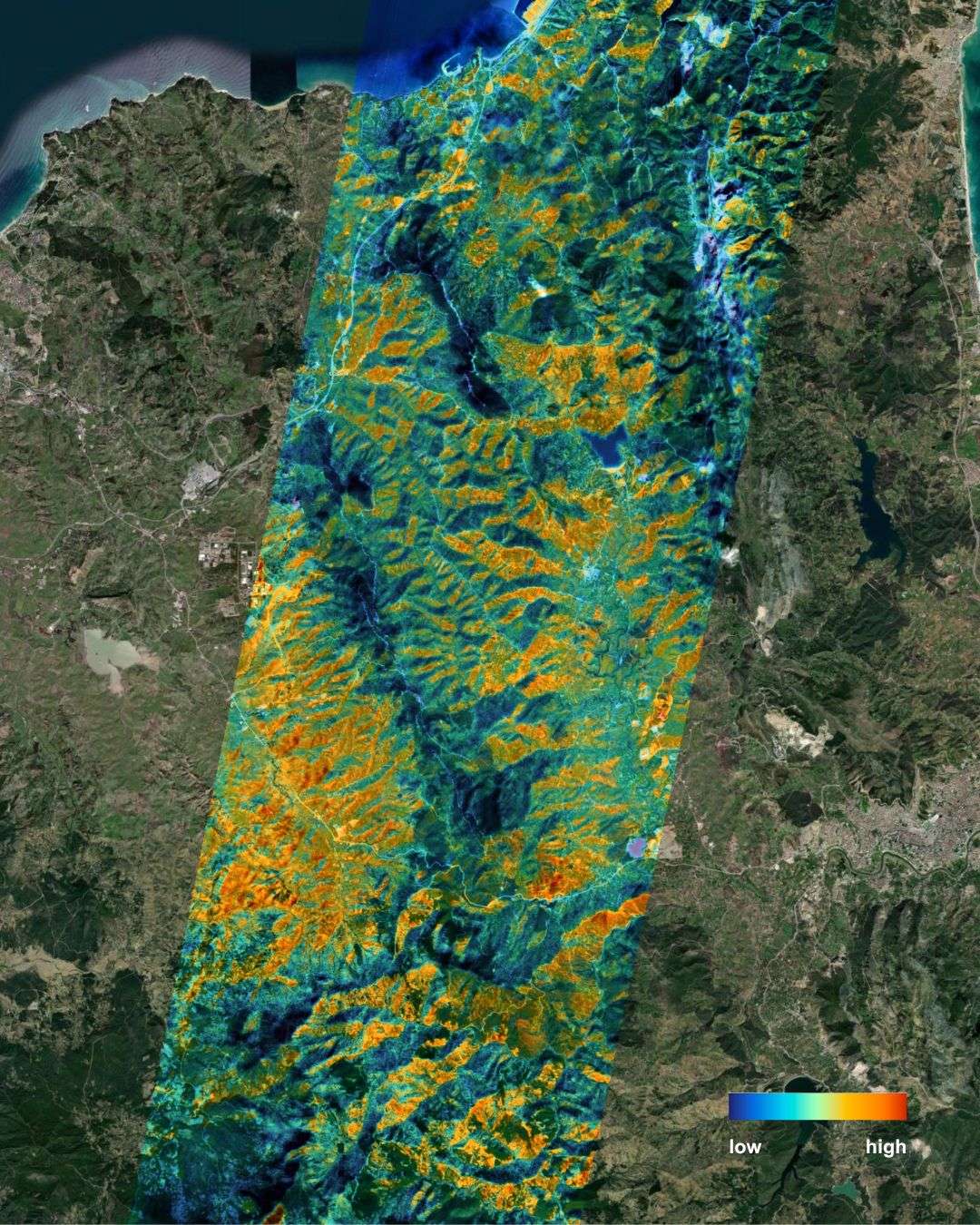
Startical’s IOD-2 mission will test space-based voice and data communications for air traffic management over oceanic and remote regions. Using NanoAvionics‘ MP42 bus and 4-meter helical antenna, the mission is a pathfinder for Startical’s planned constellation of over 200 satellites to improve global air traffic safety and efficiency. Indra developed the radio payloads with support from ENAIRE, and Oxford Space Systems provided the helical antenna.
ARVAKER 2 and 3 complete the initial Kongsberg Defence & Aerospace N3X maritime surveillance constellation, expanding maritime domain awareness capabilities for N3X users and the Norwegian government. The satellites will help detect both cooperative vessels broadcasting AIS and “dark vessels” that disable AIS but continue emitting radar signals. This supports the identification of unlawful activity and enables critical search and rescue operations. Both satellites are built on NanoAvionics’ MP42H smallsat bus, carrying surveillance instruments from KONGSBERG and a radar detector developed by the Norwegian Defence Research Establishment (FFI).
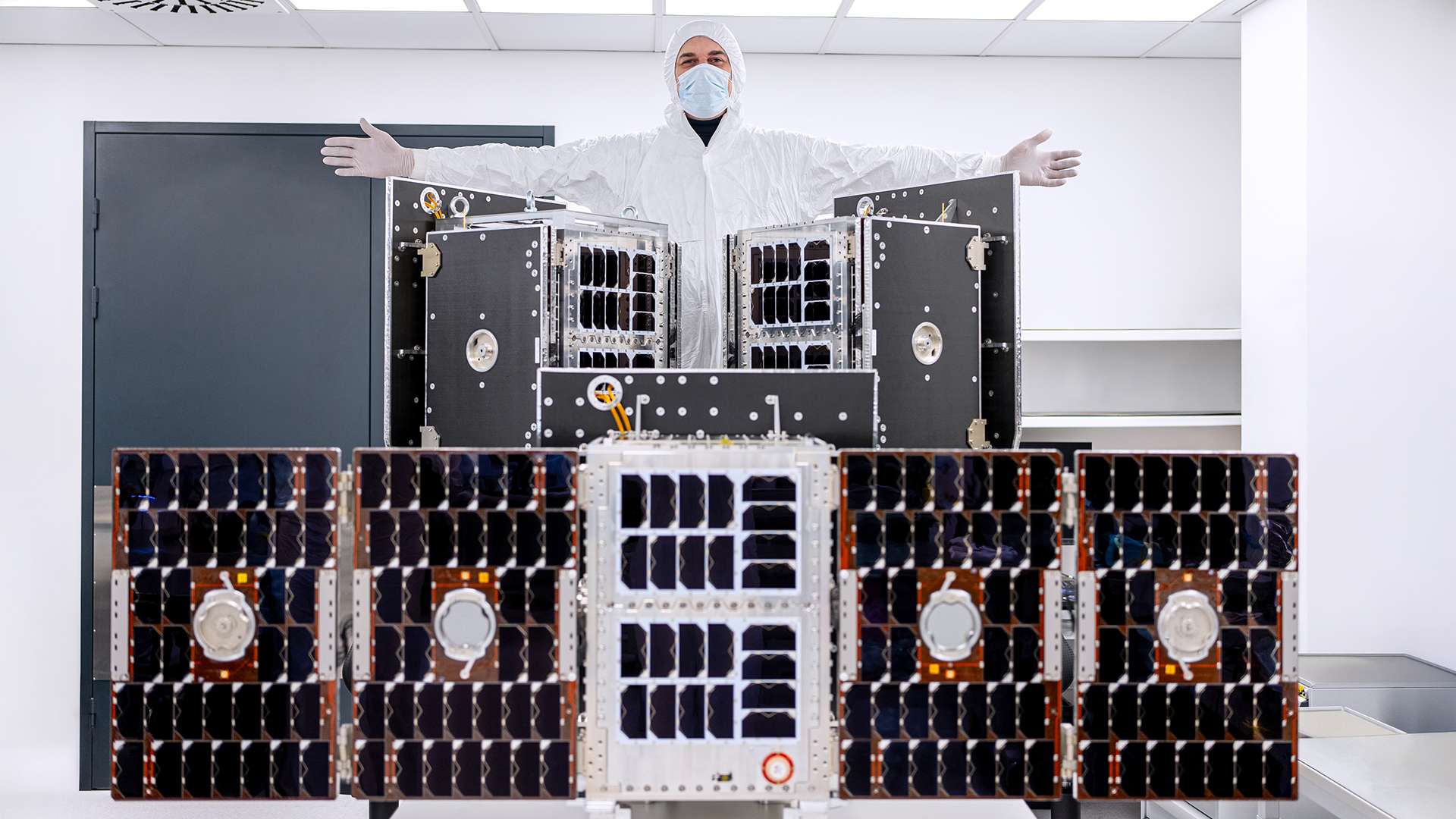
The QUICK³ satellite, built on a 3U CubeSat platform, is led by Friedrich Schiller University Jena, Technische Universität Berlin, and Ferdinand-Braun-Institut Berlin alongside partners at Technical University of Munich and National Research Council of Italy. The mission will test a compact quantum light source in orbit to validate secure, space-based quantum key distribution (QKD) technologies and test fundamental quantum physics principles in microgravity.
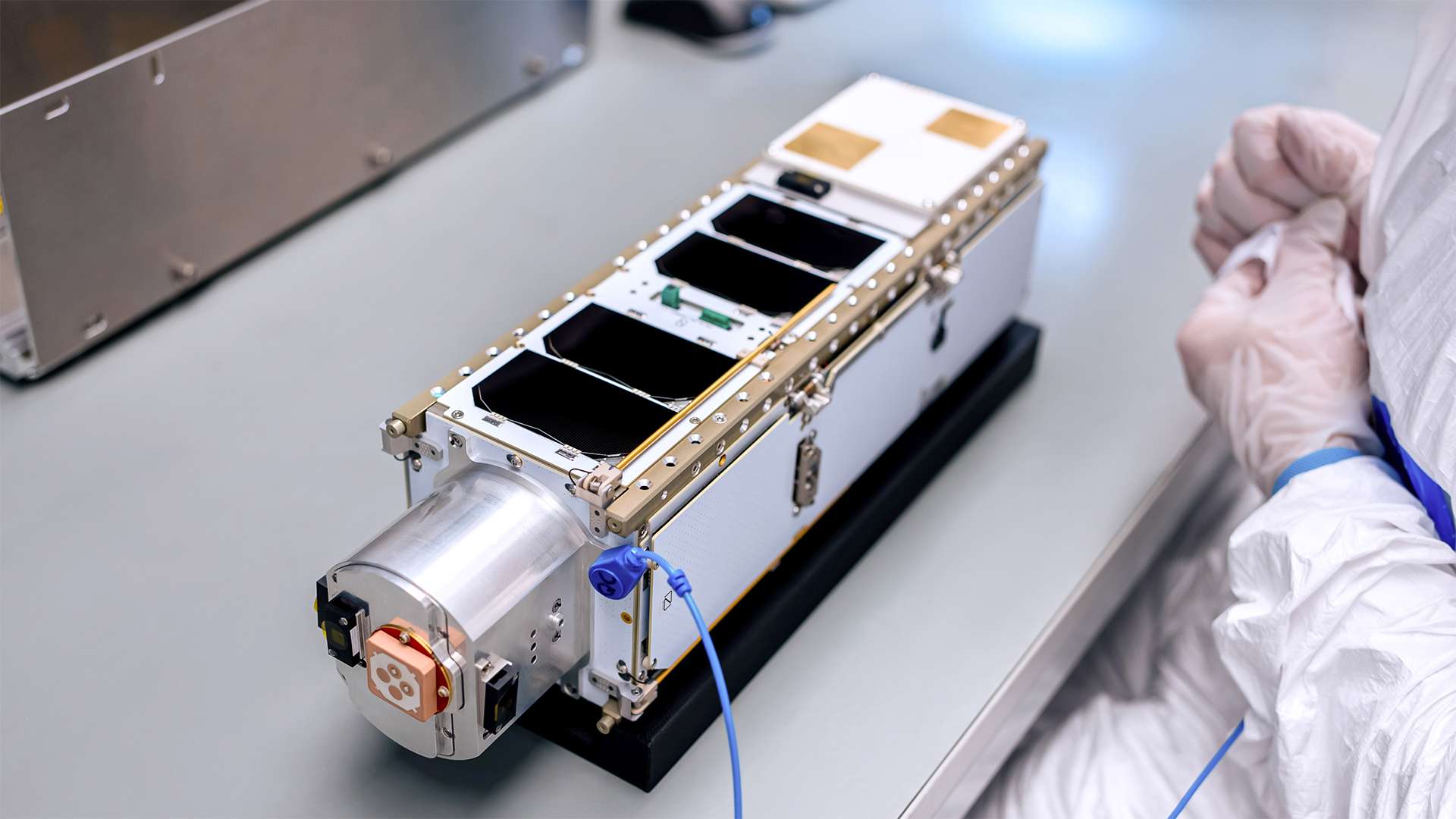
The TPA-1 3U CubeSat, developed by Te Pūnaha Ātea Space Institute at the University of Auckland, carries four payloads: a deployable drag sail demonstrator for timely deorbiting, a boom-mounted selfie camera, a Raspberry Pi-based Earth observation system, and a spacecraft thermal monitoring system. It is the first of two satellite buses provided to TPA by NanoAvionics. The mission aims to validate mission delivery processes and provide a test bed for hardware and software demonstration for future application-driven missions.

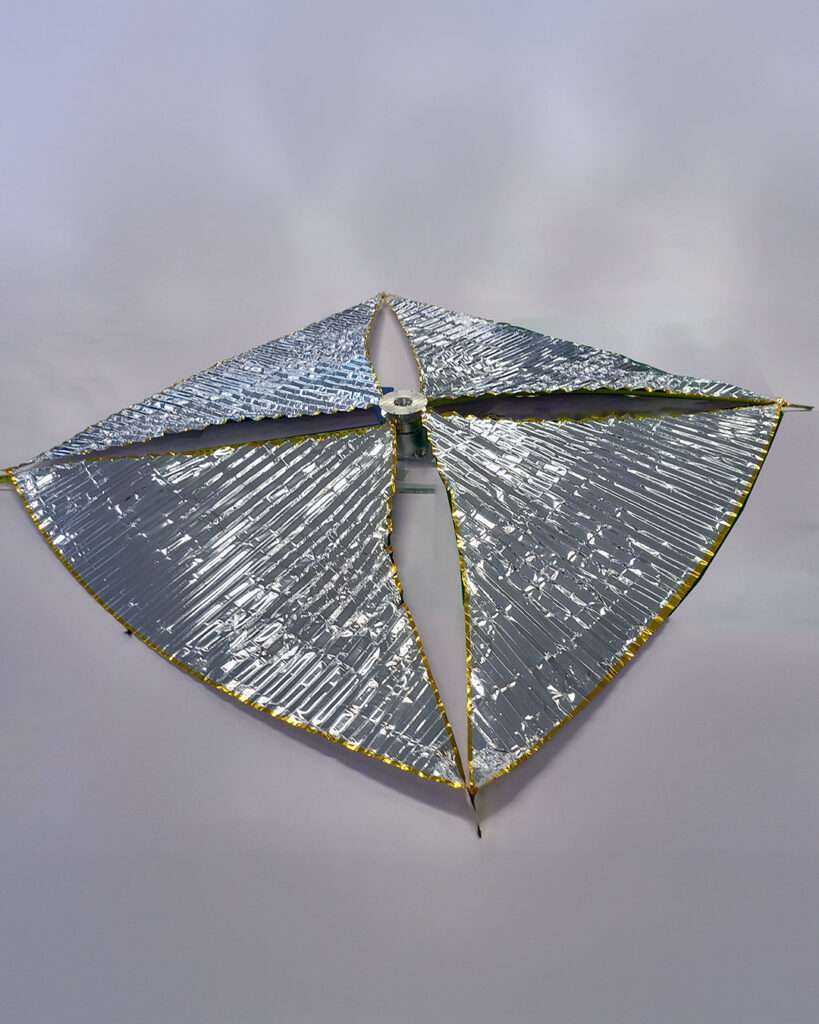
Atle Wøllo, CEO of Kongsberg NanoAvionics, said: “This diverse and forward-looking batch of missions demonstrates how modular satellite buses can support a wide range of scientific, commercial, and governmental applications. With more than 50 customer satellites launched to date and a 100% first-contact success rate across these consecutive missions, NanoAvionics continues to prove we can meet the reliability demands of government programs while providing the agility and cost-efficiency vital for commercial and research missions.”






